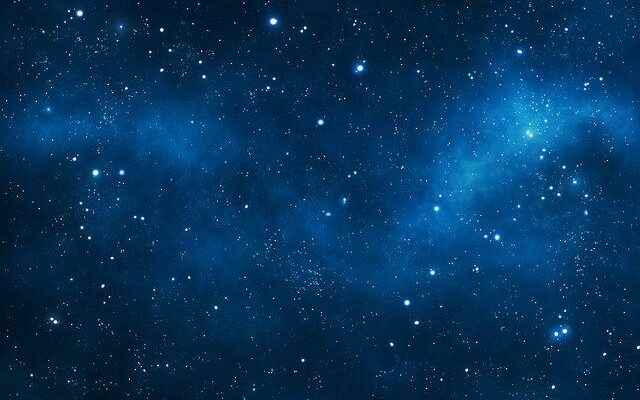Hydrogen is seen as the basic building block of the universe. It is even stated that it can tell a lot about the properties of the universe. That’s why astronomers are said to be very interested in detecting signals from this element, wherever it is found.
8.8 BILLION YEARS OLD RECORD-BREAKING SIGNAL!
However, according to Science Alert; The Giant Meter-Wave Radio Telescope (GMRT) in India received a signal with a massive 8.8 billion-year lookback period (the time between the emission of light and its detection). So the signal of the uncharged, atomic hydrogen was captured further away than ever before.
“Until now, it was only possible to capture this particular signal from a nearby galaxy, and we have limited our knowledge to galaxies closer to Earth,” said cosmologist Arnab Chakraborty of McGill University in Canada. said.
The radio signal emitted by atomic hydrogen is a 21-centimeter-long light wave. Such waves are not very energetic and the light is not intense. This makes them difficult to detect from a distance. The previous record lookback period was only 4.4 billion years.
The 21-centimeter emission line was stretched out to 48 centimeters, due to the large distance it had traveled before it was caught by GMRT. This is a phenomenon described as a redshift of light.
The team used gravitational lensing to detect the signal from a distant star-forming galaxy called SDSSJ0826+5630.
The results of this study will give astronomers hope that they will be able to make other similar observations in the near future. It can teach us more about how our own galaxy originally formed, and it can also give astronomers a better understanding of how the universe behaved in its early days.
The research was published in the scientific journal Monthly Notices of the Royal Astronomical Society.
